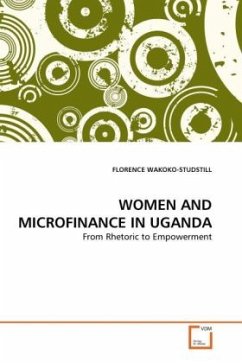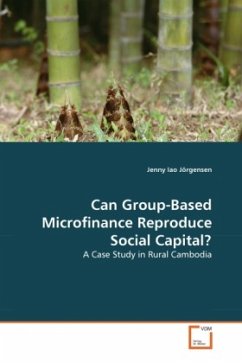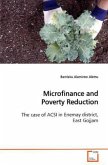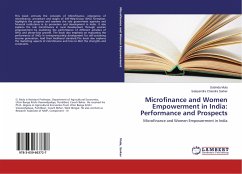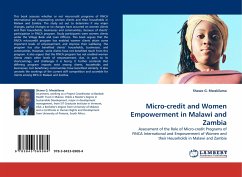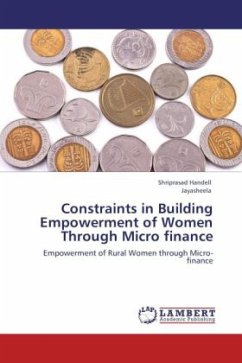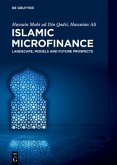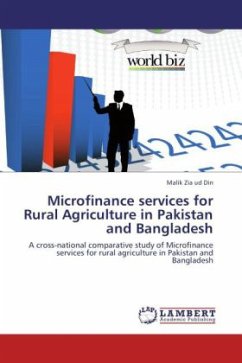In the 1990s, Ugandan farmers became increasingly interested in microfinance resources (MFRs) that were being promoted nationally as important means for poverty alleviation and for women's empowerment. In Arua and Mukono districts, households diversified their income generating strategies by using formal, semi-formal and informal financial institutions to access credit and savings. At the time of this study, little had been done to neither assess the role and status of women in MFRs or, to determine the empowerment potential for women using MFRs. Available studies focused on defining a set of factors that affect women's access to micro-finance, and gave the impression that women were a homogeneous group for whom microfinance would provide automatic and uniform benefits. This book is based on a study conducted among rural farmers in two regions of Uganda. It describes structural factors that affect women's access to micro-finance,and evaluates the nature and extent of microfinancein increasing women's decision-making power over farm production and household reproduction roles. Evidence suggests that women have increased decision-making power when they use informal credit.

